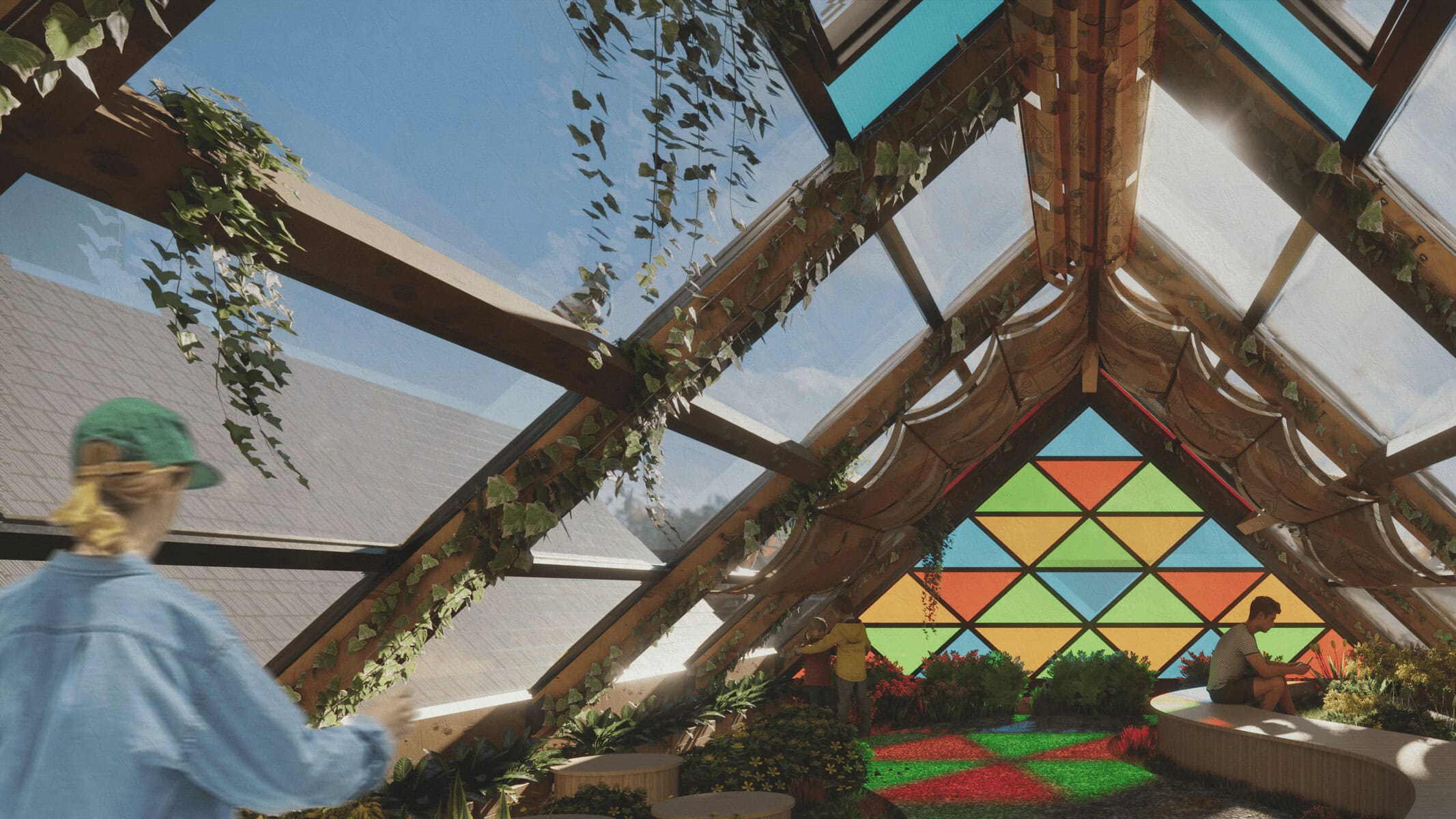Rebellion in Retail: Shefa Q’s ‘Market of Joy’ Reimagines Oxford’s Covered Market
A Visionary Voice from the Top of Her Class
Shefa Q isn’t just another emerging talent in the ever-evolving landscape of architectural design—she’s a provocateur with a proven pedigree. Graduating in the top 1% of her cohort at the Oxford School of Architecture, Shefa earned an exemplary 3.90 GPA, clinched the coveted Reginald W. Cave Prize as her year’s top Masters graduate, and garnered a nomination for the distinguished ACSA Top Tier Student Work publication. With a polished résumé that spans acclaimed projects like NEOM and AECOM across the UAE and Saudi Arabia, her portfolio reflects sophisticated command and distinct design empathy.
Yet accolades alone hardly define her. Shefa operates confidently at the intersection of technological innovation and sensitive spatial execution, championing an ethos where architectural craft not only excites but connects—leaving tangible, lasting impact. Her latest opus, ‘The Market of Joy,’ encapsulates this spirit in full force.
Disrupting the Algorithm: Reclaiming Oxford’s Covered Market
‘The Market of Joy’ began as Shefa’s final year thesis but ascended to a testament of architectural defiance, taking aim at the increasing digitalization of everyday experiences. Oxford’s historic Covered Market, long renowned for its traditional stalls and time-worn charm, served as her canvas. Rather than yield to prevailing trends of algorithmic branding and homogenized consumption, Shefa’s intervention reboots the market typology as a dynamic, high-tech urban laboratory—one where the architecture itself incites unruly, joyful disruption.
Her vision is not to restore nostalgia but to electrify agency: the market morphs into an ‘anti-brand spectacle’ that resists the seductions of algorithm-driven culture and corporate overreach. It implores visitors to actively engage, to play and critique, rather than slipping into the torpor of passive purchasing. In Shefa’s words, the goal was “to transform the market into a living act of resistance—a place that sabotages the logics of data-driven predictability.”
A Tactile Manifesto: Surfaces, Systems, and the Subconscious City
What transcends this project beyond mere concept is Shefa’s obsessive attention to material and surface. The Market of Joy doesn’t merely insert technology for spectacle’s sake; it subsumes it, creating surfaces that respond, reveal, and even provoke. Floors shift underfoot, interactive walls scatter projected light in fleeting, cryptic patterns, and counters pulse with embedded sensors—each flourish a direct challenge to the homogenization of contemporary digital environments.
Rather than conceal the underlying systems that power twenty-first-century commerce, Shefa’s design amplifies them. Structural elements are revealed as skeletons rather than skins; ventilation, lighting, and waste are not hidden, but animated in the open, becoming performative. The surface treatments serve as a metaphorical loudspeaker for the market’s lost voice, echoing its fractured yet defiant identity. Here, the rebellious energy of the space becomes both gesture and narrative—a place where the everyday is recharged with surprise.
Between Edge and Empathy: A Speculative Space for Community
At the heart of Shefa’s intervention is a belief in architecture’s power to reconnect people—physically, emotionally, intellectually. The Market of Joy does not simply critique technology’s march; it retools it, wielding digital means to foster new communal rituals. Spaces are programmed for polyphonic uses: pop-up debate forums, augmented-reality scavenger hunts, and communal kitchens that operate as social theatres.
This spirit of openness and experimentation echoes Shefa’s broader professional philosophy. In her work on existing megaprojects such as NEOM, she’s honed an ability to balance pragmatic complexity with moments of human-scale wonder—a duality that’s clearly visible here. The intervention takes risks yet is grounded, inviting regulars and newcomers alike to interpret, adapt, and ultimately, co-create the market’s evolving identity.
Recognising Impact: Academic Excellence and Professional Promise
It’s unsurprising that a project of such ambition and nuance won Shefa significant recognition in academia. Her selection for the Reginald W. Cave Prize—reserved for those who demonstrate outstanding academic, design, and research excellence—is testament to her rigor and vision. Likewise, participation in the ACSA Top Tier Student Work publication places Shefa in the vanguard of emergent architectural thinkers reimagining the discipline’s social responsibilities.
Her grounding in real-world delivery, honed through commissions with the likes of AECOM and work on the high-profile, innovative NEOM project, ensures she moves comfortably from sketch to site. This combination of conceptual audacity and practical execution means ‘The Market of Joy’ is far from mere fantasy; it’s a credible, actionable template for responsive, community-centered architecture.
Connect and Collaborate with Shefa Q
For those seeking fresh perspectives in architectural innovation or motivated by the idea of design as a force for social and spatial resistance, Shefa Q represents a singular voice worth following. Keen to share her process and committed to fostering collaborative dialogues, Shefa welcomes engagement from peers, collaborators, and curious urbanists alike.
Connect with Shefa Q on Instagram at sheevz_q or reach out via email at qshefa2812@gmail.com to explore project synergies, design discourse, or potential partnerships. As The Market of Joy so vividly demonstrates, the future of architecture resides in spaces—and minds—that not only surprise, but connect.







Add a comment